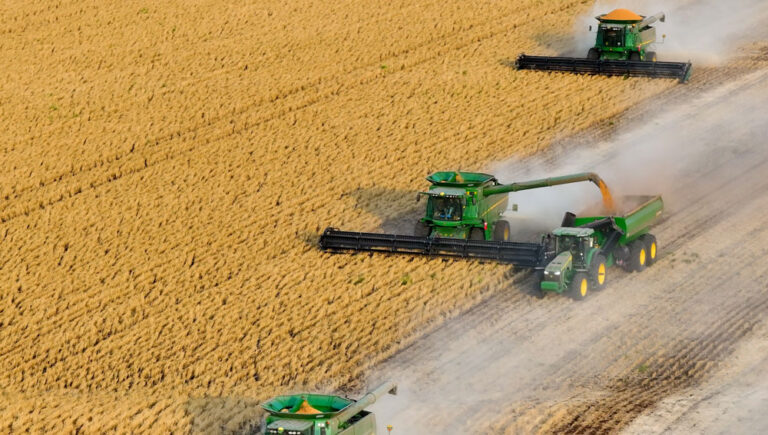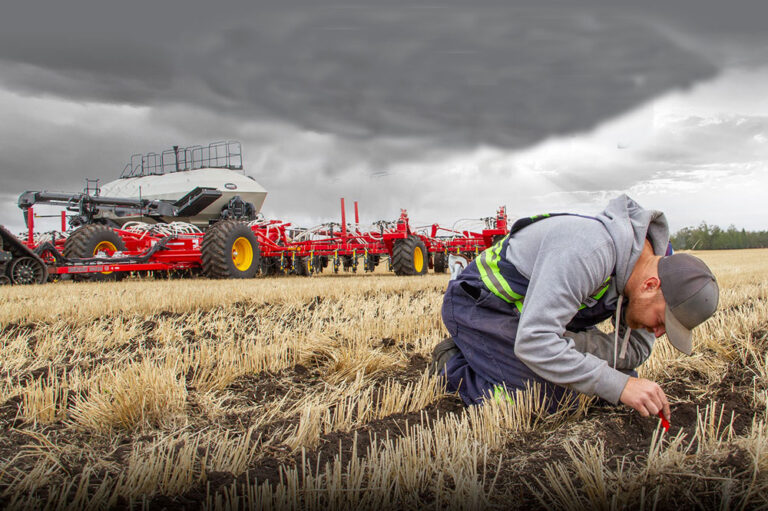Global beef trade is poised for growth over the next five years with demand from Asia as China becomes the top importer

It’s no longer just a coincidence that for the past 20 years beef cattle producers have been going about their business with more confidence than any other farming sector.
And that trend looks almost certain to continue, with the global beef trade set for more growth despite pockets of volatility, and China emerging as the biggest importer.
Global beef trade growth over the next five years is assured, according to a just released report by agribusiness banking specialist Rabobank.
The report and accompanying world beef map highlight global beef trade has increased substantially over the past five years, with exports rising by 14% since 2019 to nearly 13 million metric tons in 2024.
“Brazil and China have emerged as dominant forces, with Brazil leading exports and China becoming the top importer,” RaboResearch senior animal proteins analyst Angus Gidley-Baird confirmed.
“Brazilian beef exports have surged from 2.3 million metric tons in 2019 to an estimated 3.6 million metric tons in 2024, largely fuelled by China’s growing market demand.”
These volumes are double those of Australia, ranked as the second-largest exporter in 2024, the report noted.
Angus Gidley-Baird said this growth underscores Brazil’s pivotal role, accounting for approximately 50% of China’s beef imports.

Volatility and market dynamics
The report outlined how the global beef market has experienced significant volatility in the last five years due to disease outbreaks, geopolitical tensions and shifting economic conditions.
According to Angus Gidley-Baird, this unpredictability is expected to persist, impacting traditional trade flows and creating uncertainty.
“As tariffs and market access restrictions continue, the geopolitical environment remains a key factor in ongoing market fluctuations. Companies that can navigate this volatility and capitalise on favourable conditions will be well-positioned for success,” Angus Gidley-Baird added.
The report indicated that in addition to seasonal variations that have driven some dramatic changes in production, both Australia and, more recently, the US have experienced historically low beef cow inventories and record-high cattle prices.
“The uncertainty and unpredictability have led to increasing volatility in global beef markets, with prices regularly reaching record highs and dropping to historic lows,” Angus Gidley-Baird pointed out.

Asian demand fuels growth
The report outlines how the second half of the decade is set to witness continued growth in global beef trade, driven by increasing consumption in Asia.
“Countries like Vietnam, China, Malaysia and the Philippines are experiencing strong per capita consumption growth, necessitating greater reliance on imported beef. South American countries, particularly Brazil, are expected to meet this demand through productivity improvements and enhanced management practices,” Angus Gidley-Baird continued.
“Other established exporters, such as the US, Australia, and New Zealand, are expected to see more value-driven growth, leveraging quality attributes and established supply chains.”

Production shifts and consumer tensions
Global beef production has increased by 5.5% over the last five years, but the report points out a temporary decline is anticipated in the coming years, particularly in the US, Brazil and Europe.
“This reduction will support cattle and beef prices, shifting margins to producers,” Angus Gidley-Baird enthused.
“However, production levels are expected to recover, bolstered by improved genetics and increased carcass weights.
“With lower global supplies of beef expected in the next couple of years, and our expectation that growth in beef consumption will be driven by net-importing countries, there is likely to be a growing tension between global and domestic customers.
“Australia, New Zealand and Brazil have experienced this recently, as very strong demand from US consumers has led to increased export volumes and prices, and this has supported beef and cattle prices in those countries,” Angus Gidley-Baird concluded.













